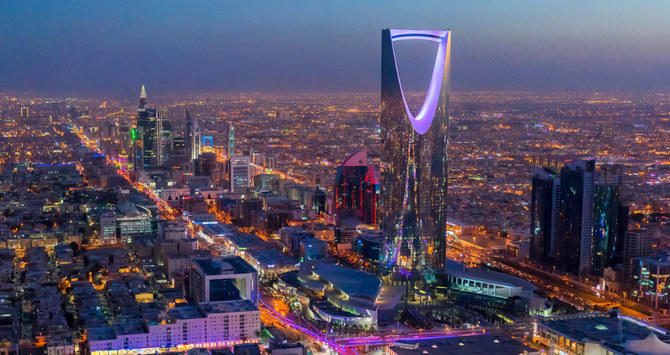RIYADH: Saudi Arabia’s sharply narrower first-quarter budget deficit was partly a result of structural improvement in the government’s finances and therefore credit positive, Moody’s Investors Service said.
While much of the decline in the budget deficit was a result of higher oil prices and a seasonal decline in spending, structural factors such as higher VAT and lower capital spending were also responsible Moody’s said in an emailed report. Of particular note was the lowest non-oil fiscal deficit in six years, it said.
Saudi Arabia posted a budget deficit of $2 billion in Q1 2021, down from $29 billion in Q4 2020 and $9 billion in Q1 2020.
“The structural improvement reduces the fiscal exposure to fluctuations in global oil demand and prices,” Moody’s wrote in the report. “If sustained, it will also help reverse part of the fiscal deterioration that took place last year as a result of the coronavirus shock and arrest a further significant deterioration in the government’s balance sheet.”
Moody’s currently rates Saudi Arabia A1, its fifth highest investment grade, with a negative outlook.
Moody’s predicts Saudi Arabia’s non-oil economy to grow about 3.4 percent in 2021 after contracting 2.3 percent in 2020.
“Last year’s contraction, triggered by the coronavirus pandemic, derailed the build-up of the non-oil growth momentum evident during 2019 as a result of structural reforms and some initial progress in implementing diversification projects,” Moody’s said.
Saudi deficit could fall below 5 percent if oil averages $60: Moody’sSaudi Arabia cuts Q1 deficit, reaping benefits of fiscal measures

